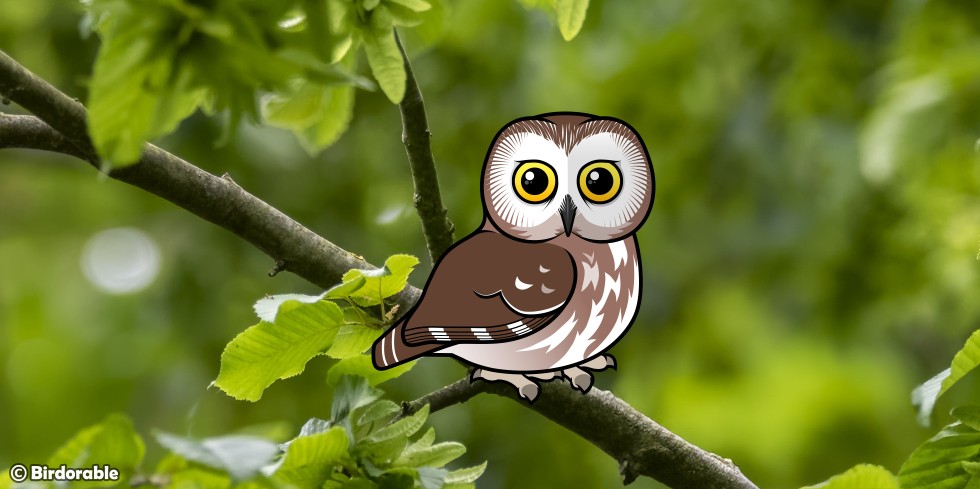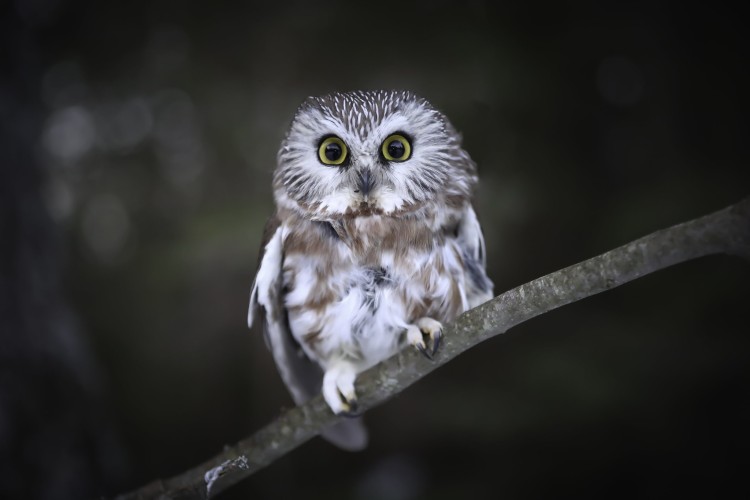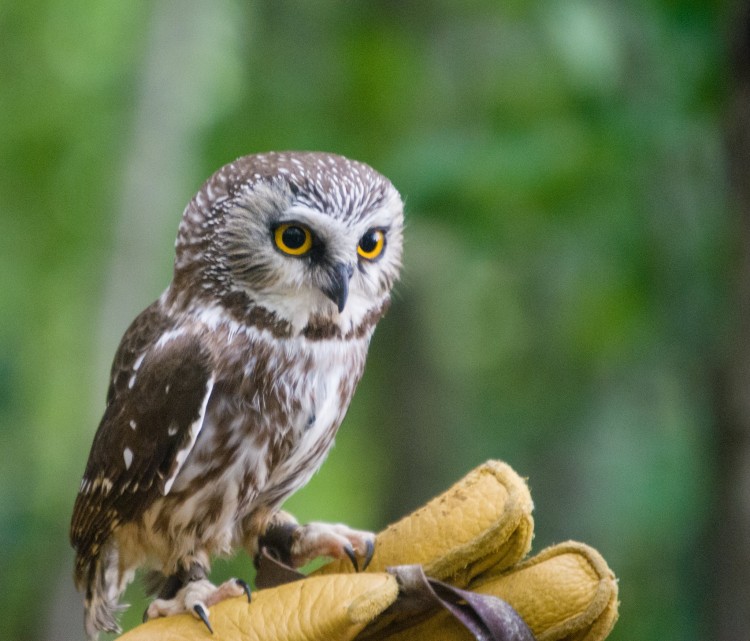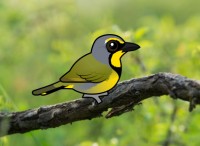Tiny but Mighty: Meet the Northern Saw-whet Owl

Today, we're excited to introduce one of the most adorable avian species you're likely to encounter: the Northern Saw-whet Owl. With its big, captivating eyes and small stature, it measures just 7 to 8 inches (17.8 to 20.3 cm), making this the smallest owl in Eastern North America.
The origins of its unique name stem from a charming mix-up. A member of the National Audubon Society once heard the call of a Barn Owl, which is reminiscent of a saw being sharpened on a whetting stone, and mistakenly thought it was the call of this smaller owl. Thus, the name "Saw-whet Owl" was born.
Since 1997, the Ned Smith Center in Pennsylvania has spearheaded crucial research into the movements and ecology of the Saw-whet Owl. Every autumn, a dedicated team comprising both researchers and volunteers engages in a remarkable project. They gently catch, band, and release hundreds of these owls across three banding stations in central Pennsylvania. This research effort has been incredibly successful; over the years, more than 5,000 owls have been banded, significantly enhancing our understanding of the migration patterns and behaviors of this elusive species.
The findings from this research have been instrumental in shedding light on the secretive life of the Saw-whet Owl, helping to map its movements and contribute to its conservation. To dive deeper into this fascinating project and learn more about these captivating creatures, be sure to visit the Saw-whet Owl Research Blog.

Northern Saw-Whet Owl by Andy Witchger (CC BY 2.0 DEED)

Northern saw-whet owl by Kristina Servant (CC BY 2.0 DEED)










Comments
Leave a comment
Thank you!